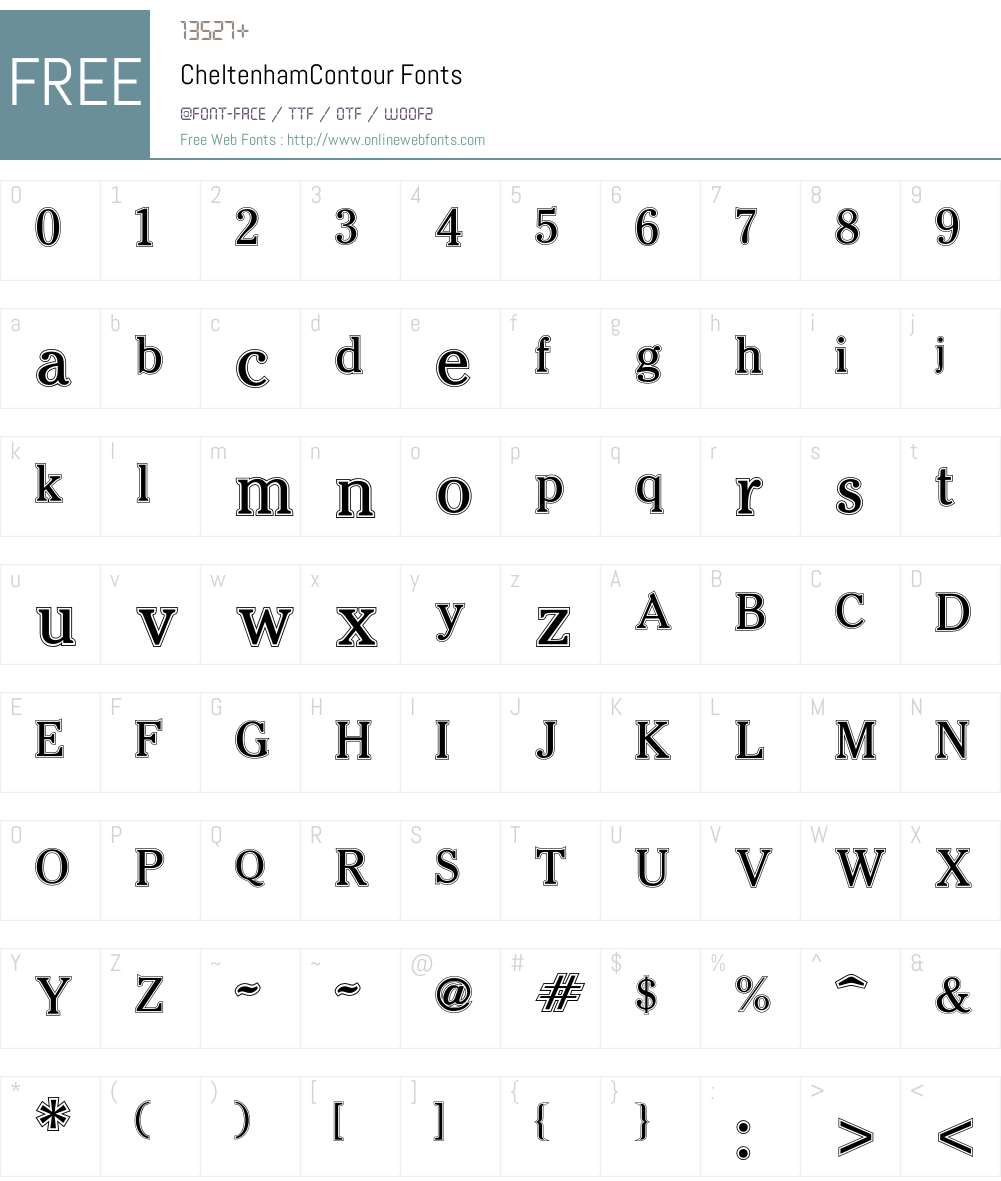
Oddly, original fonts had only this form, with the more regular r added later most fonts for handsetting include both forms of r, but those for machine setting include only the normal form or in a few cases only the more exotic form. It is disturbing within a word, but adds a bit of grace at the end of a word. The alternate form of r, with its arm raised above x-height, has also been criticized, but this is mostly the result of misuse. The typeface has had much adverse criticism, especially because of its short descenders and the unusual design of several characters-notably A with the extension of its thick stroke at the top, G with the curve extended at the bottom, and g with its angular, unclosed tail. This was done as a result of studies that showed the greater importance of the upper half of a line of type in creating readily recognizable word shapes and result ing readability. Ascenders are unusually long, while descenders are quite short. The small serifs and short, compact lowercase make a high character count.

It is almost a monotone, but with just enough difference between light and heavy lines to avoid monotony. The thin lines were strengthened to avoid the emaciated look of many types of the period. It was one of the first scientifically designed typefaces.
#CHELTENHAM TYPEFACE TRIAL#
Trial cuttings were made as early as 1899, but it was not completed until about 1902, and patented in 1904 by Kimball. Mergenthaler Linotype also claims credit for developing the face, but it was first marketed by ATF. In fact, Steve Watts says the typeface was first known as Boston Oldstyle. Benton another source says it was done at the Boston branch of ATF, which suggests that the work may have been done by Joseph W. Some historians credit this modification or refinement to Morris F. Further modification of the design was done by the manufacturers.

Original drawings were made about 14 ' inches high, and were subjected to much experimentation and revision. For Cheltenham he had the assistance of Ingalls Kimball, director of the Cheltenham Press in New York City, who suggested and supervised the face. Mac McGrew explains: The design of Cheltenham Oldstyle and Italic is credited to Bertram Grosvenor Goodhue, an architect who had previously designed Merrymount, a private press type. Cheltenham was designed by Bertram Grosvenor Goodhue, but the Cheltenham in the ATF catalog is a reworking by Morris Fuller Benton.
#CHELTENHAM TYPEFACE SERIES#
Showcasing the best pages from the Cheltenham Series in the ATF 1923 Catalog. TYPE DESIGN INFORMATION PAGE last updated on


 0 kommentar(er)
0 kommentar(er)
